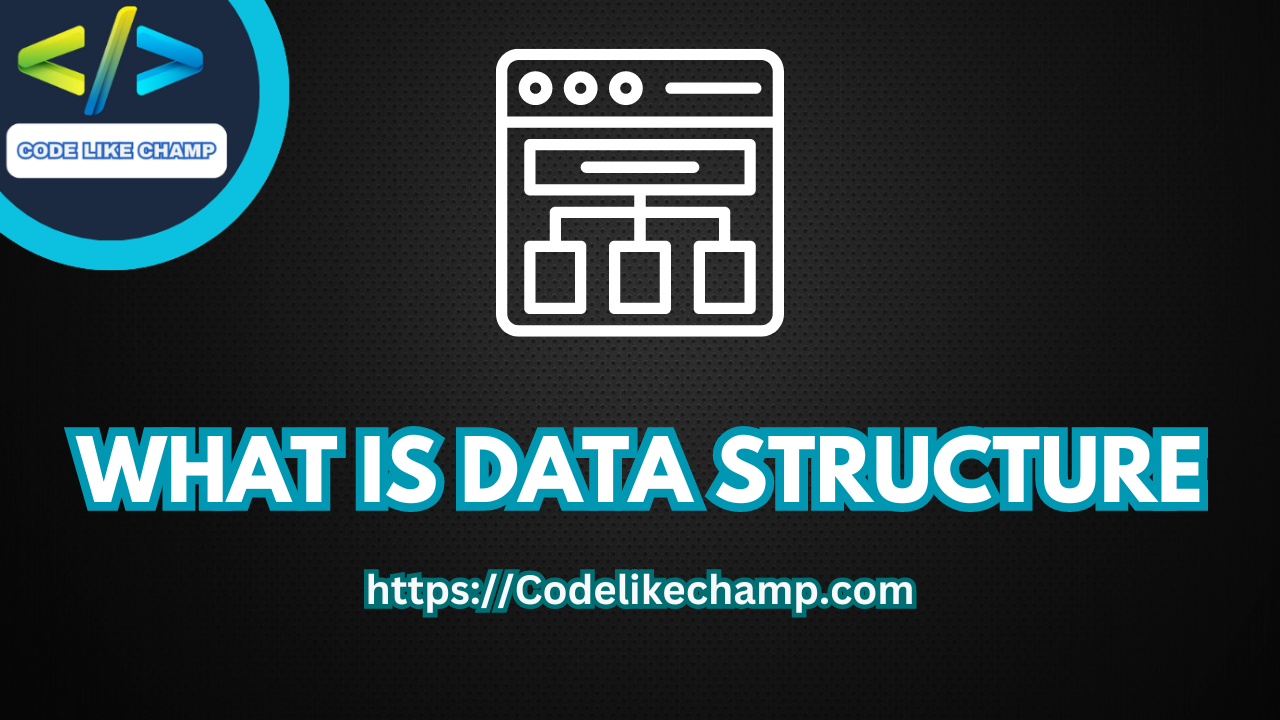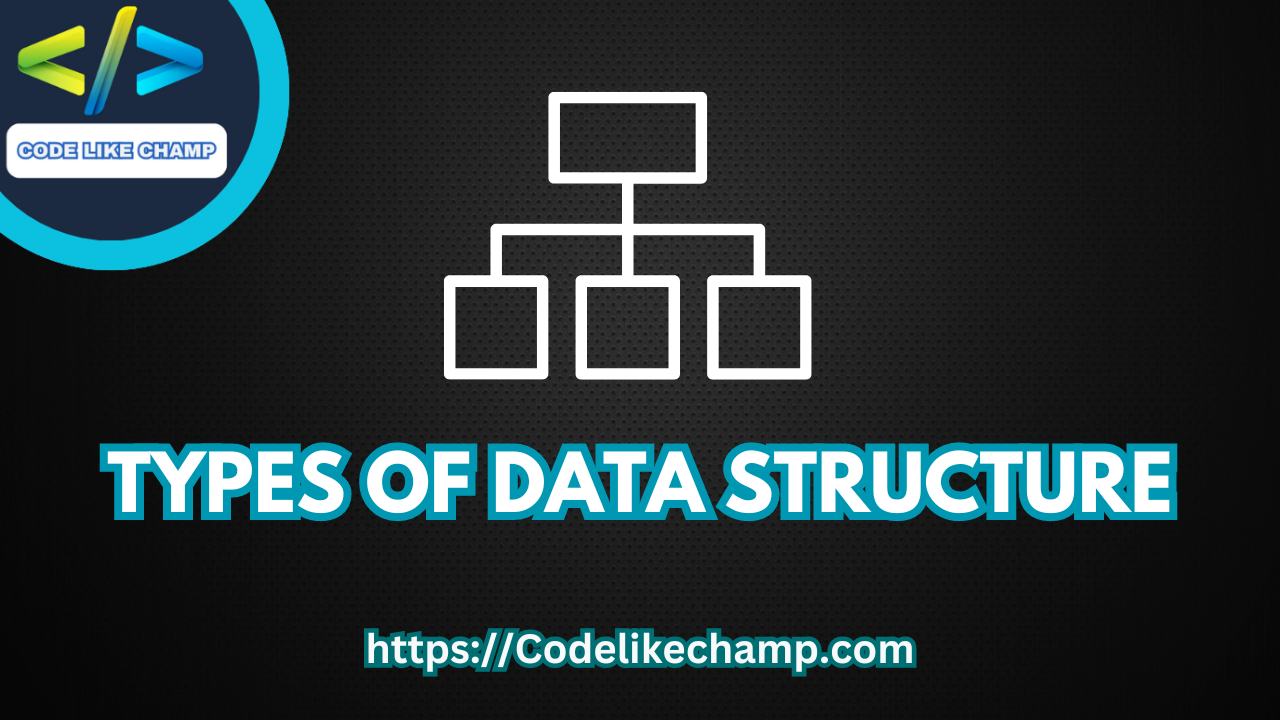Introduction to Priority Queue
In the vast landscape of data structures, priority queue stand out as a versatile tool for managing data with varying levels of urgency. This article delves into the intricacies of priority queues, exploring their definition, applications, characteristics, types, advantages, and disadvantages.

What is Priority Queues
A priority queue is a type of abstract data structure that operates similar to a regular queue but with one key distinction: elements are dequeued based on their priority level, rather than their arrival order. In essence, elements with higher priority values are dequeued before elements with lower priority values.
Why We Use Priority Queues in Programming
Priority queues find extensive use in programming due to their ability to handle tasks based on their relative importance or urgency. They are particularly useful in scenarios where certain tasks need to be processed before others, such as job scheduling, task prioritization, event-driven simulations, and network routing algorithms.
Characteristics of Priority Queues
- Ordering: Elements in a priority queue are stored in a manner that allows quick access to the element with the highest priority.
- Dynamic Priority: Priority queues support dynamic changes in priority levels, allowing elements to be re-prioritized as needed.
- Efficient Operations: Priority queues typically support efficient insertion, deletion, and retrieval operations, ensuring optimal performance in various applications.
- Underlying Data Structure: Priority queues can be implemented using various underlying data structures, such as binary heaps, balanced binary search trees, or arrays with heap properties.
Types of Priority Queues
- Binary Heap: A binary heap is a complete binary tree where every node satisfies the heap property, making it a popular choice for implementing priority queues due to its simplicity and efficiency.
- Binomial Heap: Binomial heaps are a type of priority queue that supports merge and decrease-key operations efficiently, making them suitable for applications requiring dynamic changes in priority levels.
- Fibonacci Heap: Fibonacci heaps are a type of priority queue that offers improved performance for certain operations, such as decrease-key and delete-min, at the expense of increased complexity and memory overhead.
- Array-Based Priority Queues: An array-based priority queue maintains a sorted array of elements, allowing for efficient insertion and removal operations, albeit with potentially slower performance for dynamic priority changes.
Advantages of Priority Queues
- Efficient Task Processing: Priority queues enable efficient processing of tasks based on their priority levels, ensuring that critical tasks are addressed promptly.
- Dynamic Priority Management: Priority queues support dynamic changes in priority levels, allowing for adaptive task scheduling in response to changing conditions.
- Versatility: Priority queues find applications in a wide range of fields, including operating systems, network routing, discrete event simulation, and algorithm design.
- Optimal Resource Utilization: By prioritizing tasks based on their urgency, priority queues help optimize resource utilization and minimize processing delays.
Disadvantages of Priority Queues
- Implementation Complexity: Implementing priority queues, especially using complex data structures such as Fibonacci heaps, can be challenging and prone to errors.
- Memory Overhead: Some priority queue implementations, such as Fibonacci heaps, incur higher memory overhead compared to simpler data structures, potentially impacting performance in memory-constrained environments.
- Performance Trade-offs: Certain priority queue operations, such as decrease-key or delete-min, may have higher time complexity in specific implementations, leading to performance trade-offs in certain scenarios.
Code Examples of Priority Queues
Below are implementations of a priority queue in various programming languages:
Priority Queues in C#
using System;
using System.Collections.Generic;
class PriorityQueue<T>
{
private List<T> data;
private Comparison<T> comparison;
public PriorityQueue(Comparison<T> comparison)
{
this.data = new List<T>();
this.comparison = comparison;
}
public void Enqueue(T item)
{
data.Add(item);
int childIndex = data.Count - 1;
while (childIndex > 0)
{
int parentIndex = (childIndex - 1) / 2;
if (comparison(data[childIndex], data[parentIndex]) >= 0) break;
T tmp = data[childIndex];
data[childIndex] = data[parentIndex];
data[parentIndex] = tmp;
childIndex = parentIndex;
}
}
public T Dequeue()
{
int lastIndex = data.Count - 1;
T frontItem = data[0];
data[0] = data[lastIndex];
data.RemoveAt(lastIndex);
--lastIndex;
int parentIndex = 0;
while (true)
{
int leftChildIndex = parentIndex * 2 + 1;
if (leftChildIndex > lastIndex) break;
int rightChildIndex = leftChildIndex + 1;
if (rightChildIndex <= lastIndex && comparison(data[rightChildIndex], data[leftChildIndex]) < 0)
leftChildIndex = rightChildIndex;
if (comparison(data[parentIndex], data[leftChildIndex]) <= 0) break;
T tmp = data[parentIndex];
data[parentIndex] = data[leftChildIndex];
data[leftChildIndex] = tmp;
parentIndex = leftChildIndex;
}
return frontItem;
}
public T Peek()
{
return data[0];
}
public int Count()
{
return data.Count;
}
}
class Program
{
static void Main(string[] args)
{
var pq = new PriorityQueue<int>((a, b) => a - b);
pq.Enqueue(3);
pq.Enqueue(1);
pq.Enqueue(5);
Console.WriteLine("Dequeued elements:");
while (pq.Count() > 0)
{
Console.WriteLine(pq.Dequeue());
}
}
}
Output
Dequeued elements: 1 3 5
Priority Queues in C
#include <stdio.h>
#include <stdlib.h>
typedef struct {
int priority;
int data;
} Node;
typedef struct {
Node *arr;
int capacity;
int size;
} PriorityQueue;
PriorityQueue* createPriorityQueue(int capacity) {
PriorityQueue *pq = (PriorityQueue*) malloc(sizeof(PriorityQueue));
pq->arr = (Node*) malloc(capacity * sizeof(Node));
pq->capacity = capacity;
pq->size = 0;
return pq;
}
void enqueue(PriorityQueue *pq, int data, int priority) {
if (pq->size == pq->capacity) {
printf("Queue is full\n");
return;
}
int i = pq->size - 1;
while (i >= 0 && pq->arr[i].priority > priority) {
pq->arr[i + 1] = pq->arr[i];
i--;
}
pq->arr[i + 1].data = data;
pq->arr[i + 1].priority = priority;
pq->size++;
}
Node dequeue(PriorityQueue *pq) {
if (pq->size == 0) {
printf("Queue is empty\n");
Node emptyNode = {-1, -1};
return emptyNode;
}
Node item = pq->arr[0];
for (int i = 1; i < pq->size; i++) {
pq->arr[i - 1] = pq->arr[i];
}
pq->size--;
return item;
}
void display(PriorityQueue *pq) {
if (pq->size == 0) {
printf("Queue is empty\n");
return;
}
printf("Priority Queue: ");
for (int i = 0; i < pq->size; i++) {
printf("(%d, %d) ", pq->arr[i].data, pq->arr[i].priority);
}
printf("\n");
}
int main() {
PriorityQueue *pq = createPriorityQueue(5);
enqueue(pq, 3, 1);
enqueue(pq, 1, 2);
enqueue(pq, 5, 3);
printf("Dequeued elements:\n");
while (pq->size > 0) {
Node item = dequeue(pq);
printf("(%d, %d)\n", item.data, item.priority);
}
return 0;
}
Output
Dequeued elements: (1, 2) (3, 1) (5, 3)
Priority Queues in C++
#include <iostream>
#include <queue>
using namespace std;
int main() {
priority_queue<int, vector<int>, greater<int>> pq;
pq.push(3);
pq.push(1);
pq.push(5);
cout << "Dequeued elements:" << endl;
while (!pq.empty()) {
cout << pq.top() << endl;
pq.pop();
}
return 0;
}
Output
Dequeued elements: 1 3 5
Priority Queues in Python
import heapq
class PriorityQueue:
def __init__(self):
self.elements = []
def enqueue(self, item, priority):
heapq.heappush(self.elements, (priority, item))
def dequeue(self):
return heapq.heappop(self.elements)[1]
pq = PriorityQueue()
pq.enqueue('a', 3)
pq.enqueue('b', 1)
pq.enqueue('c', 5)
print("Dequeued elements:")
while pq.elements:
print(pq.dequeue())
Output
Dequeued elements: b a c
Priority Queues in PHP
<?php
class PriorityQueue extends SplPriorityQueue
{
public function compare($priority1, $priority2)
{
return $priority1 - $priority2;
}
}
$pq = new PriorityQueue();
$pq->insert('a', 3);
$pq->insert('b', 1);
$pq->insert('c', 5);
echo "Dequeued elements:\n";
while ($pq->valid()) {
echo $pq->extract() . "\n";
}
?>
Output
Dequeued elements: b a c
Priority Queues in JAVA
import java.util.PriorityQueue;
public class Main {
public static void main(String[] args) {
PriorityQueue<Integer> pq = new PriorityQueue<>();
pq.add(3);
pq.add(1);
pq.add(5);
System.out.println("Dequeued elements:");
while (!pq.isEmpty()) {
System.out.println(pq.poll());
}
}
}
Output
Dequeued elements: 1 3 5
Priority Queues in JavaScript
class PriorityQueue {
constructor() {
this.elements = [];
}
enqueue(item, priority) {
this.elements.push({ item, priority });
this.elements.sort((a, b) => a.priority - b.priority);
}
dequeue() {
if (this.elements.length === 0) {
console.log("Queue is empty");
return;
}
return this.elements.shift().item;
}
}
const pq = new PriorityQueue();
pq.enqueue('a', 3);
pq.enqueue('b', 1);
pq.enqueue('c', 5);
console.log("Dequeued elements:");
while (pq.elements.length > 0) {
console.log(pq.dequeue());
}
Output
Dequeued elements: b a c
These implementations demonstrate the functionality of Priority Queue in various programming languages, along with their respective outputs.
Conclusion
In conclusion, priority queues serve as a fundamental data structure in computer science, offering efficient task processing based on priority levels. With their dynamic priority management, versatility, and optimal resource utilization, priority queues play a crucial role in a wide range of applications. While they may entail implementation complexities and performance trade-offs, the advantages they offer outweigh the disadvantages in many scenarios. By understanding the characteristics, types, advantages, and disadvantages of priority queues, programmers can leverage this powerful data structure to develop efficient and scalable solutions, contributing to advancements in technology and innovation.
For more visit my website Codelikechamp.com




